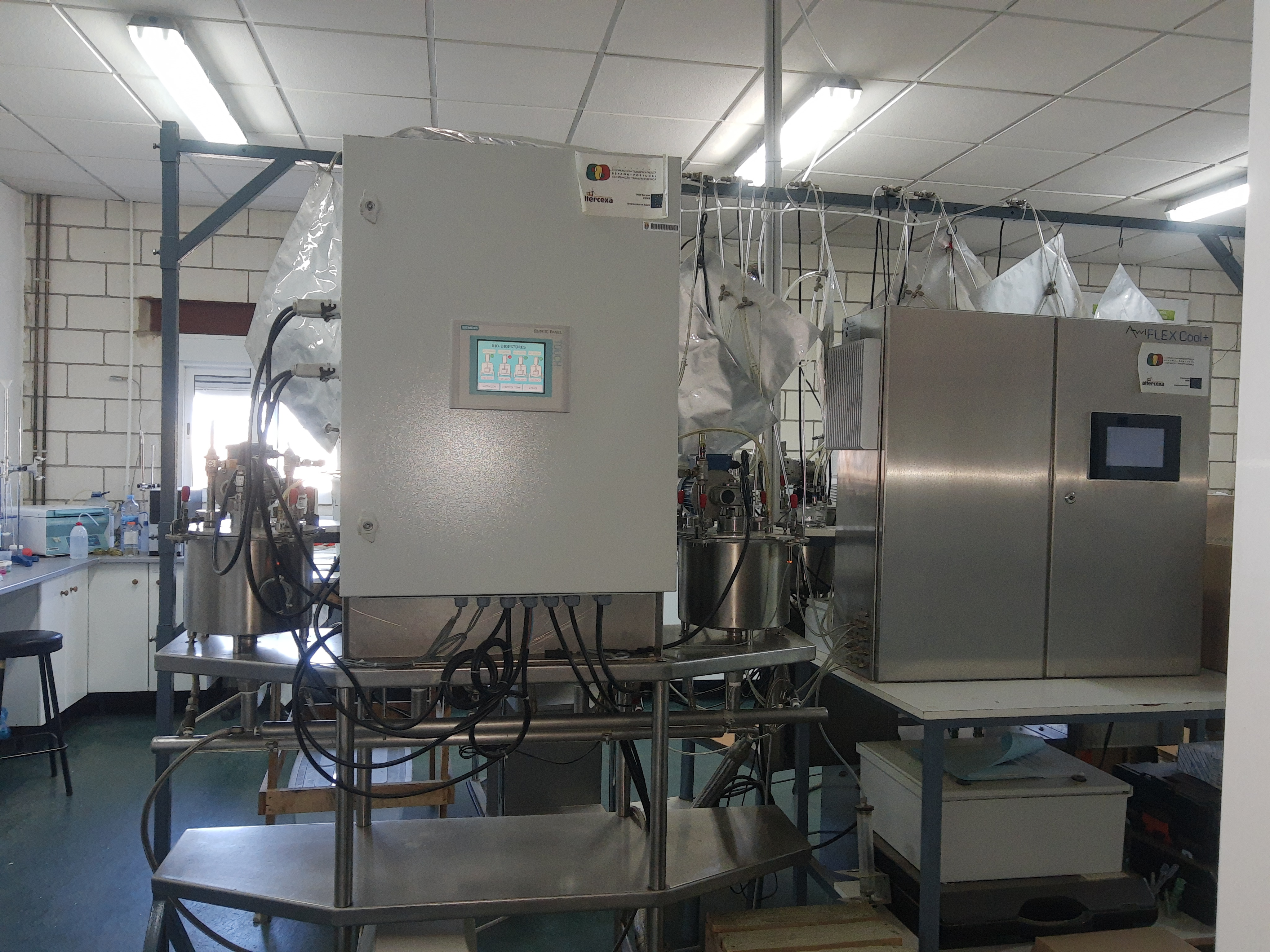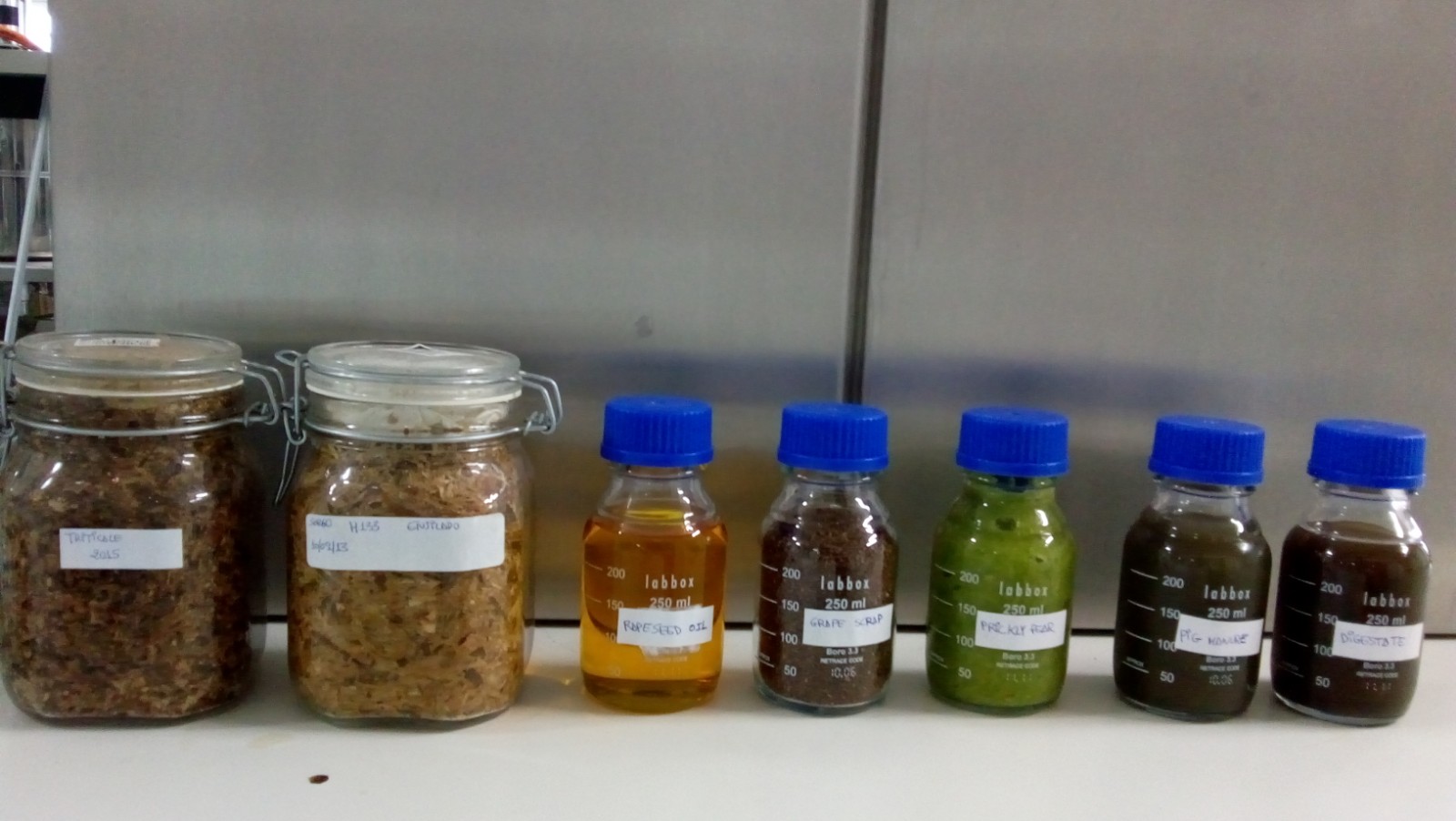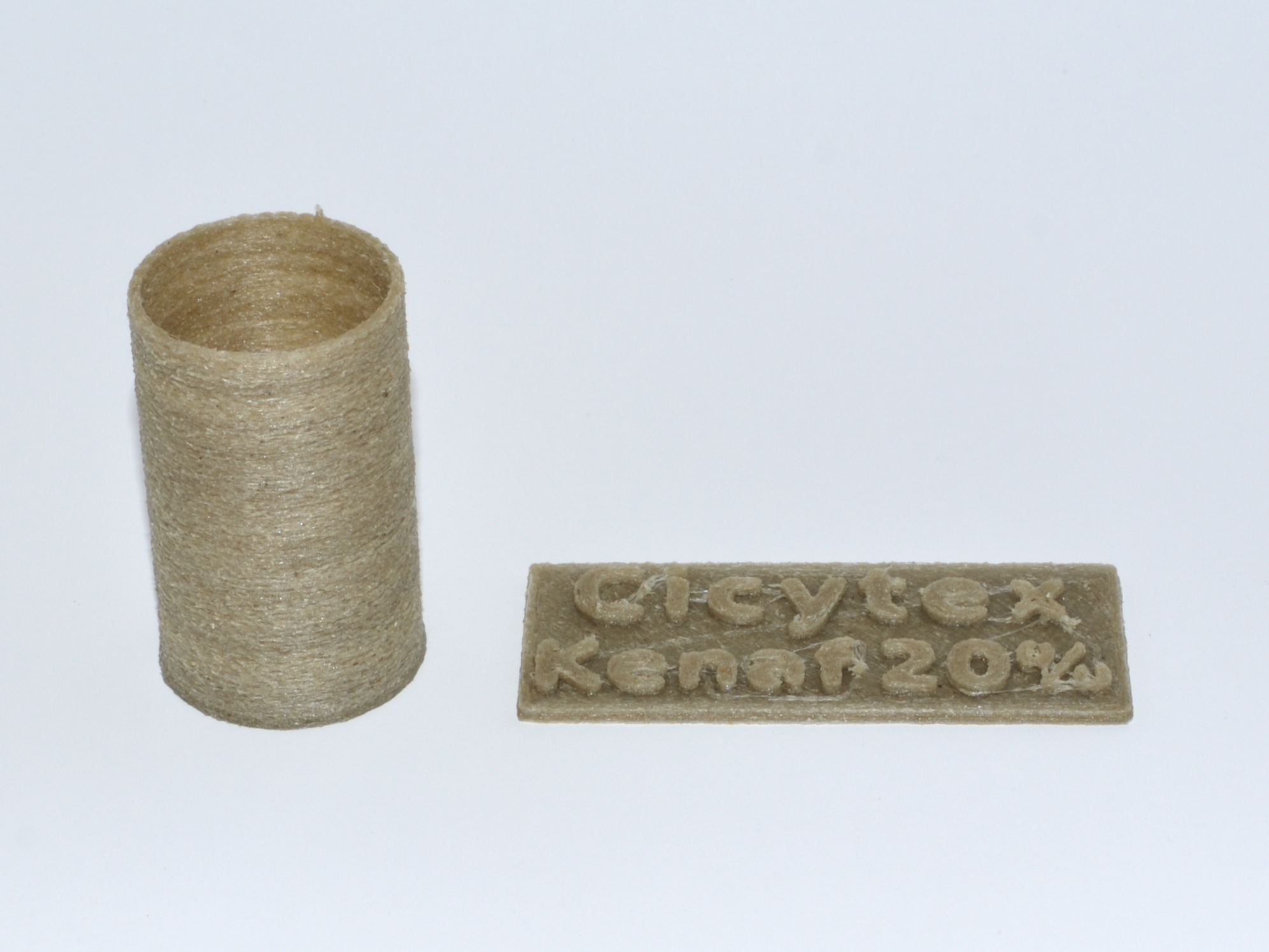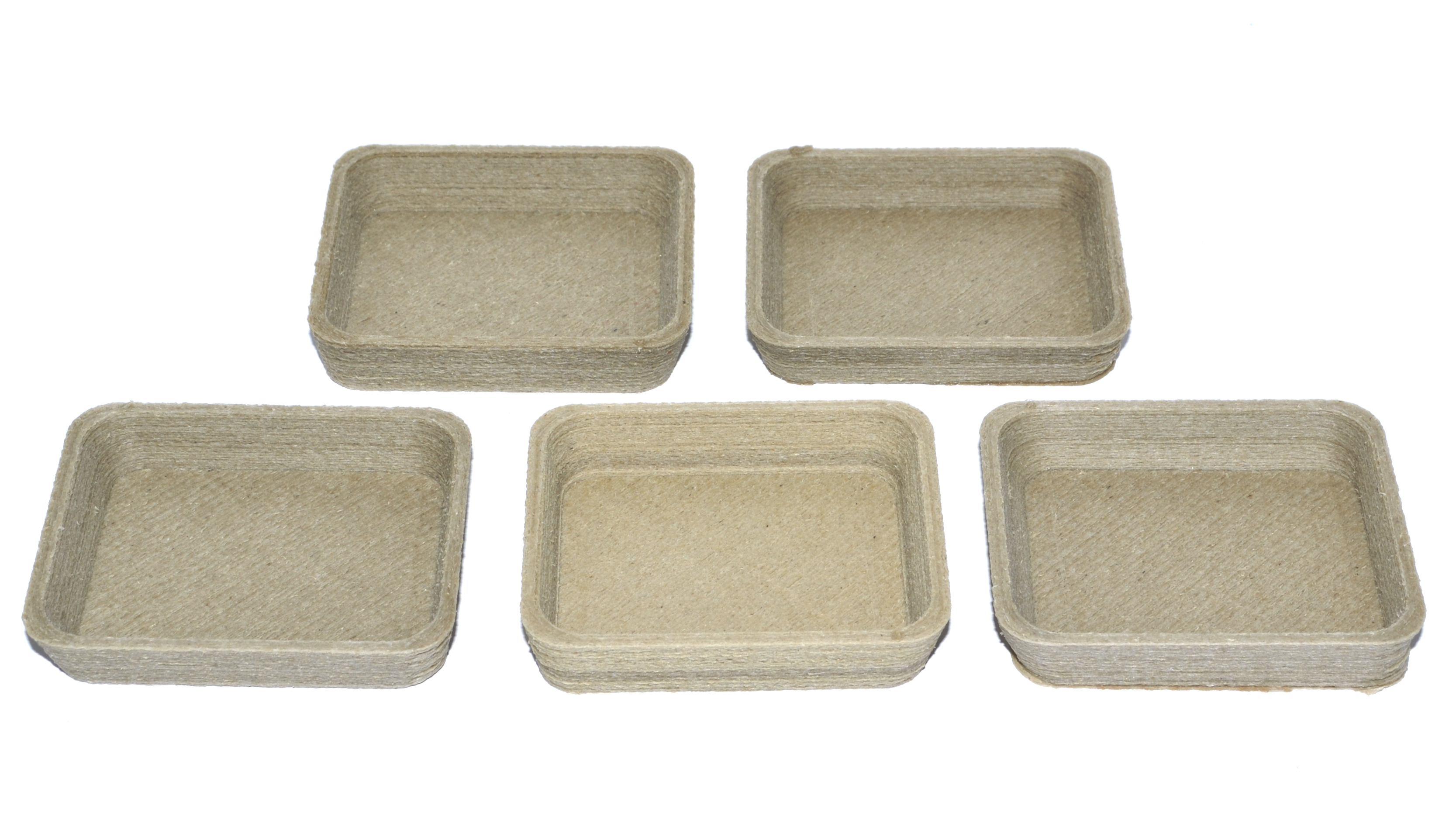Biomass, biogas and bioproducts
 General information
General information
The use of agricultural farming, livestock farming, forestry and agroindustrial waste and crops in order to obtain biofuel and bioproducts can become a major source of employment in rural areas through the creation of local transformation centres. Based on a sustainable and decentralised system, this activity can have a very positive economic, social and environmental impact, at the same time as contributing to reduce the carbon footprint deriving from farming activities.
 Solid biofuels: biomass
Solid biofuels: biomass
Europe generates over 25 million tons of waste a year deriving from pruning and tree replacement activities. This waste is burnt or shredded in its majority and spread into the soil at a later stage. Providing value to this waste and transforming it into biomass represents an interesting source of energy that is yet to be exploited efficiently.
In Extremadura only olive groves produce approximately 250,000 tons of waste and vineyards can reach 80,000 tons. Fruit trees produce a variable prune-based biomass. Such volumes increase significantly with the removal of plantations at the end of their productive life. Additionally, more biomass is accumulated through the pruning of oak trees from dehesa areas and the cleaning and clearing from reforestation.
At CICYTEX we study the efficient reuse of this waste as biomass and as a source of energy. The projects cover all the stages from the processing and transformation of waste into solid biofuels to their characterisation in a laboratory in order to determine their quality.
 Biogas
Biogas
In the framework of a green circular economy, obtaining biogas is an alternative to the use of a manure, urine and waste mixture (contaminating waste) in farms. On the one hand, biogas is a biofuel used in the generation of thermal or electrical power. Additionally, the process employed in the generation of this methane-rich gas biofuel allows to obtain an organic compost or biofertiliser that acts as a replacement of mineral fertilisers.
According to the studies performed at CICYTEX, optimising the suitable conditions for an anaerobic digestion process (process to obtain biogas), employing a mixture of substrates from energy crops and farm waste can imply a great progress for the livestock farming industry and the profitability of a biogas plant.
Taking into account the scarce number of biogas plants existing in our country against the ongoing increase of this industry in other European countries, the objective of the projects at CICYTEX is to set up facilities that generate biogas and provide various options in order to guarantee operation and continuity. In order to do so, various evaluations have been performed with the purpose of reproducing the anaerobic digestion process in the easiest and most real way possible and potentially obtaining high levels of biogas generation using different substrate combinations.
These lines of research cover the characterisation and determination of the methanogenic potential (methane formation) of the farm industry waste produced in the region; the follow up and control of anaerobic digestion processes on a semi-continuous basis in a laboratory and pilot plant; the characterisation of the digestates (organic compost or biofertiliser) obtained from the anaerobic digestion processes and the field study of their application.
 Bioproducts
Bioproducts
The need to find alternatives to the use of plastics has driven the development of biopolymers such as PLA (polylactic acid) that are easily compostable. PLA is one of the most used 3D printing materials and FDM is an increasingly popular technique for building prototypes and productions to a small scale in these types of printers.
This links to the manufacture of biocompound materials obtained from a mixture of PLA and plant material fibre or plant waste, the latter of which is employed as a reinforcement component. The purpose is to obtain a composite that provides the best mechanical properties to the biocompound material.
At CICYTEX we have opened a line of work for the manufacture of filaments to be used in 3D printing based on kenaf crop fibres, cork waste, rice, vine shoot, paulownia, poplar and thistle. PLA bars have also been manufactured in combination with kenaf fibre using an extrusion technique. The purpose is to obtain an easy process for the manufacture of 3D printing filaments using tree waste, creating a catalogue of products with higher added value to expand on the existing market products. A circular economy proposal based on the removal of certain waste without contaminating the environment.










